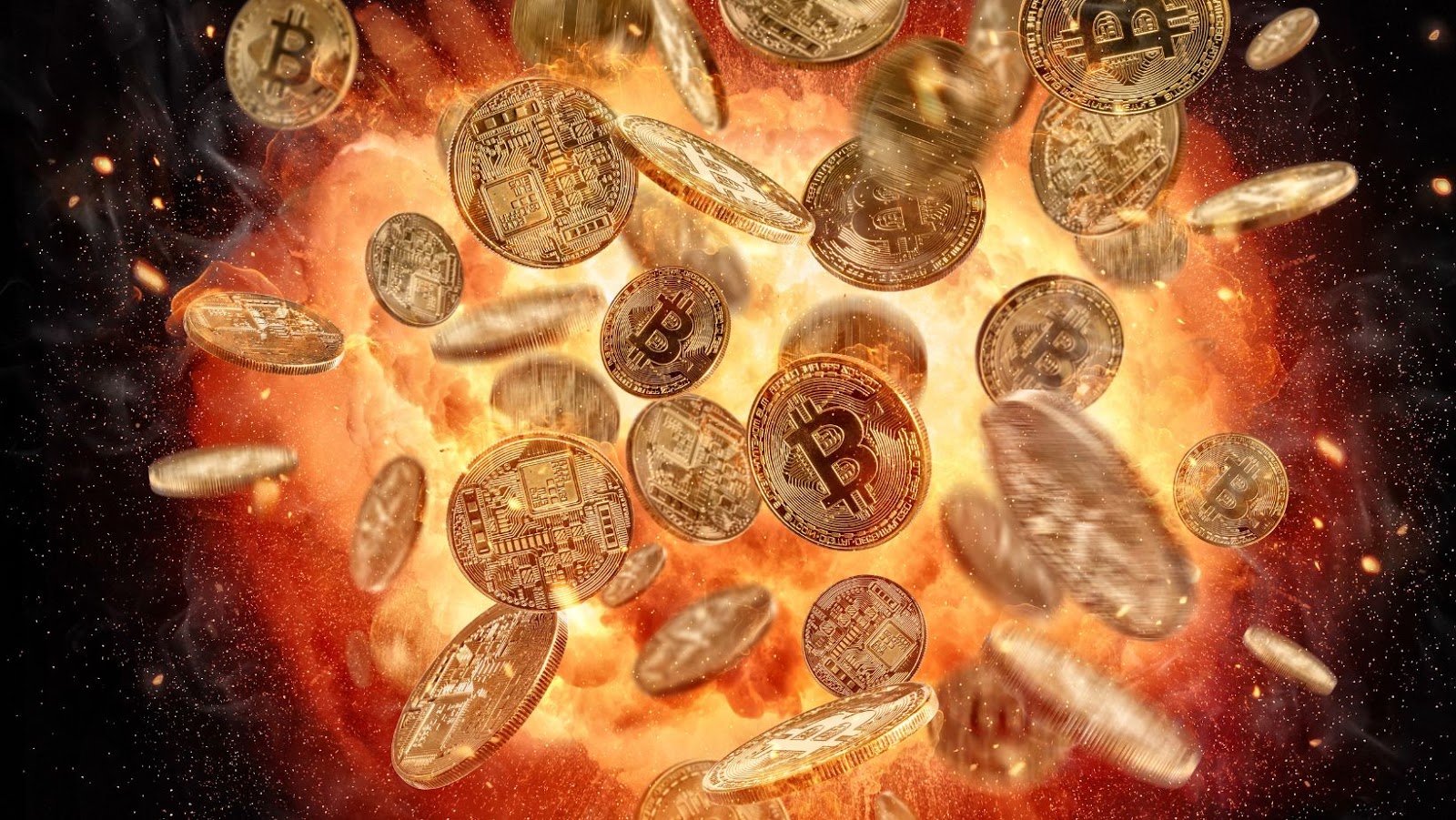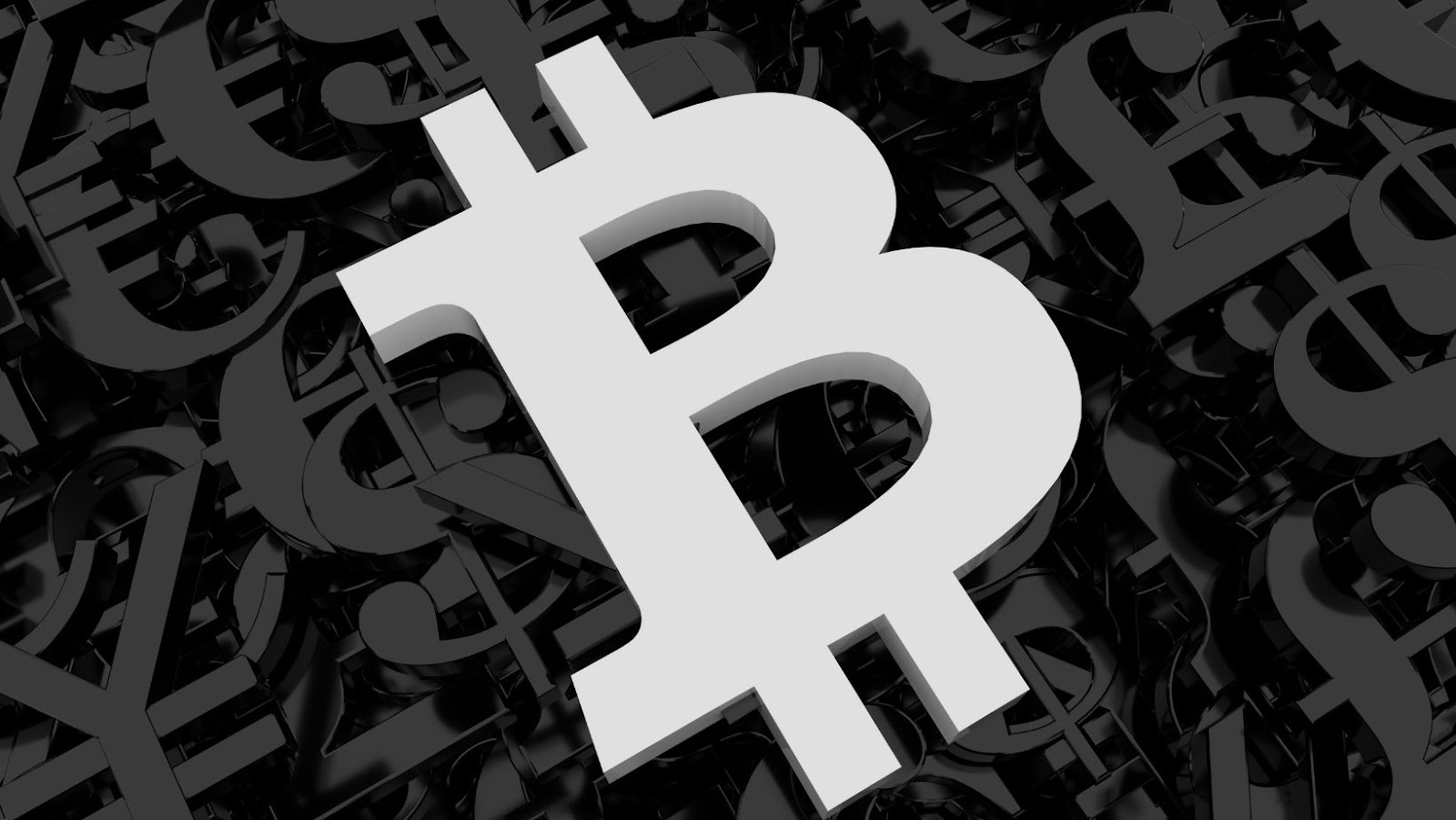In the ever-evolving world of blockchain technology, Solana stands out as a game-changer. It’s not just another name in the vast sea of cryptocurrencies; it’s a high-performance blockchain platform that’s turning heads in the tech world.
Designed for speed and scalability, Solana aims to revolutionise the blockchain landscape. With its unique architecture and groundbreaking technology, it’s poised to redefine how we view decentralised systems. So, what’s the buzz all about? Let’s delve into the intriguing world of Solana blockchain.
What is Solana Blockchain
With the Solana Blockchain, the world encounters an unprecedented revolution in decentralised systems. To fully grasp its potential, the details of its innovative technology, as well as its history, must be understood.
The Innovative Technology Behind Solana
Solana’s excellence reflects its innovative technology. Unlike other blockchains, it employs a unique approach focusing on time – Proof of History (PoH). Solana’s PoH introduces a cryptographic timestamp for each transaction. Ensuring efficient and quicker transaction processing compared to the traditional blockchains, PoH places Solana at the vanguard of speed and scalability in blockchain technology.
For instance, as reported by the Solana team, the platform can handle more than 65,000 transactions per second, an impressive figure on par with the capabilities of traditional payment systems.
Yet, speedy transactions aren’t Solana’s only strength, SOL, its native digital asset, serves a dual purpose in the blockchain’s infrastructure. SOL not only fuels transactions and smart contract operations, but it also acts as staking currency to secure the network.
 Key Features of Solana
Key Features of Solana
Scalability and Speed
Among the distinctive features of Solana, its scalability and speed standout. Capable of handling 65,000 transactions per second (TPS), its performance matches mainstream payment systems. This phenomenal scale provides immense value in high-throughput environments. For example, in FinTech where quick and efficient transaction handling proves beneficial.
Proof of History Mechanism
Another compelling feature of Solana is its unique Proof of History (PoH) mechanism. Unlike traditional blockchains that rely heavily on time-consuming Proof of Work (PoW) or occasionally problematic Proof of Stake(PoS) models, Solana introduces a novel approach. Its PoH model uses cryptographic timestamps for transactions, thereby allowing for efficient processing. This means that every transaction gets a unique timestamp, enhancing accuracy and accountability.
Low Transaction Costs
Blockchain networks often struggle with high transaction costs, posing major challenges for users. However, Solana has shone in this regard by keeping transaction costs remarkably low. Specifically, Solana’s transaction costs hover around $0.00025 per transaction, a fraction of what users might encounter on other popular blockchain platforms. As such, this proves cost-effective for users, particularly those executing small value transactions regularly, projecting Solana as an economical choice for many.
 Solana’s Ecosystem and Applications
Solana’s Ecosystem and Applications
Solana’s ecosystem, rich and varied, unravels the potential beyond ordinary transactions. Its applications range from Decentralised Finance (DeFi) to Non-Fungible Tokens (NFTs), offering dynamic platforms for artists, creators, and investors. Additionally, Solana’s firm support for developers showcases its commitment to innovation and growth.
Decentralised Finance (DeFi) on Solana
Bridging the traditional financial world with cryptocurrencies, DeFi presents a prime focus for Solana’s ecosystem. It allows users to lend, borrow, or trade assets directly without an intermediary. A few popular DeFi platforms running on Solana include Serum, a fully decentralised exchange, and Raydium, an automated market maker. By avoiding middlemen, they reduce delay, increasing transaction speed. And with Solana’s enhanced scalability, DeFi applications processing hundreds of thousands of transactions per second often find their home on this blockchain.
Non-Fungible Tokens (NFTs) and Marketplaces
NFTs – unique digital assets representing a wide range of tangible and intangible items – have found a robust marketplace in Solana’s ecosystem. Metaplex, for instance, offers creators a platform to mint and sell their NFTs. The low transaction cost on Solana – approximately $0.00025 per transaction – makes the ownership and trade of NFTs more accessible and affordable to the masses. Consequently, amplifying the scope and acceptance of digital art, collectibles, and intellectual properties.